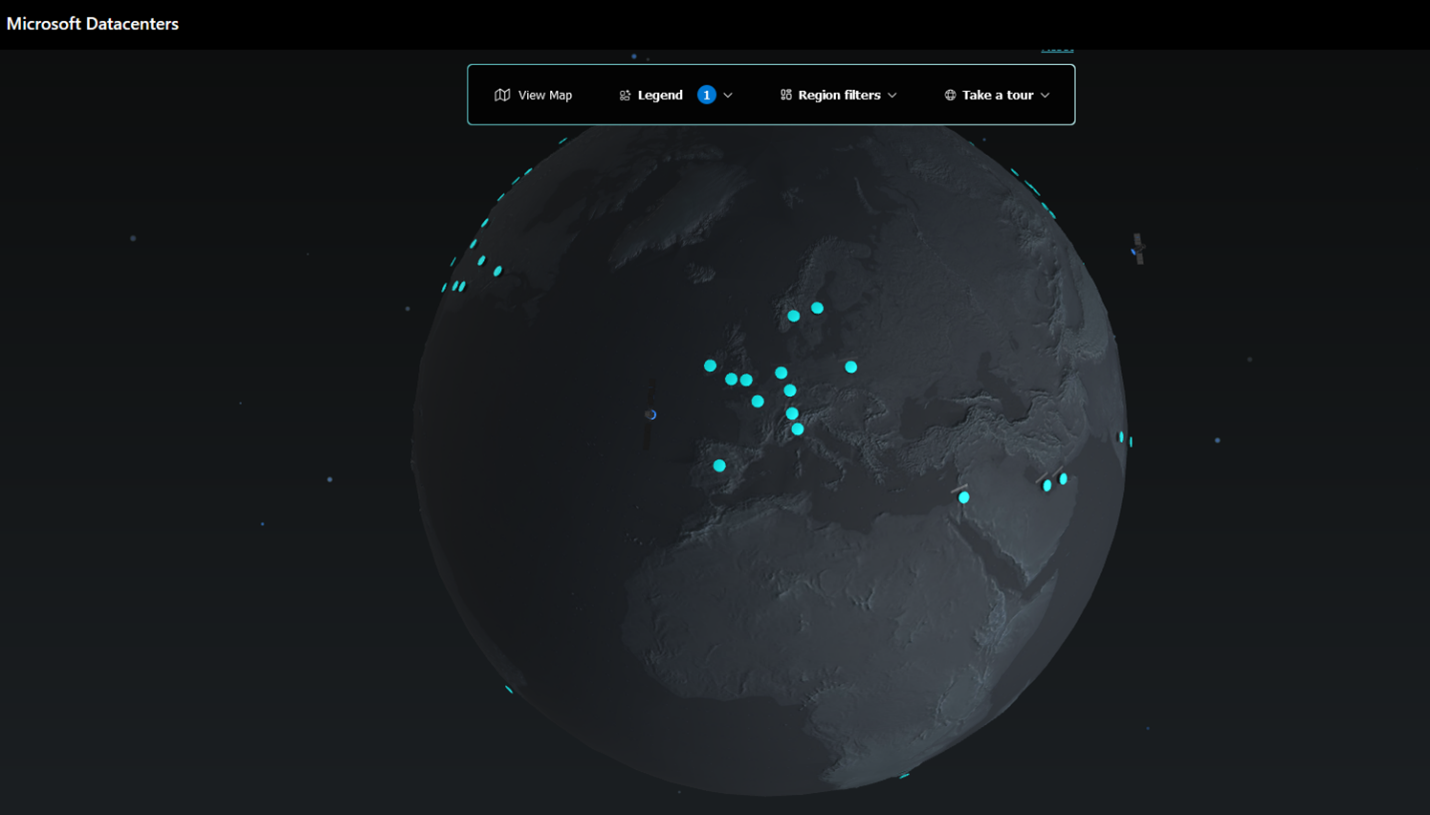
Merry Christmas and happy new year
December 17, 2024
Building Smarter and More Sustainable Businesses
December 30, 2024
The Resilient Cloud: Multi-Region Architectures in Microsoft Azure
In recent years, cloud adoption has grown exponentially, driving the expansion of cloud computing centers. Following this trend, Microsoft Azure has strengthened and expanded its infrastructure, with a growing number of businesses and organizations relying on its services to support critical operations. As a result, Azure regions have experienced significant expansion across Europe, establishing themselves as the top choice for organizations seeking performance, scalability, and security in their cloud solutions.
Microsoft Azure boasts a robust network of regions in Europe, strategically located to optimize performance and ensure service availability across the continent. Each Azure region in Europe is designed not only to support a wide range of infrastructure services but also to comply with strict privacy and security regulations, including GDPR (General Data Protection Regulation) compliance. This setup enables organizations in Europe to choose the region that best suits their compliance and data management needs, a key differentiator for Azure compared to other cloud platforms. Moreover, Azure regions are interconnected through Microsoft’s global fiber network, enabling high availability, low latency, and disaster recovery across regions. With ongoing investments in renewable energy and sustainable data centers, Azure is also committed to reducing its carbon footprint, aligning with European initiatives for digital sustainability and climate neutrality.

However, the growing adoption of cloud services by companies across all sectors is leading to saturation of these data centers. For this reason, it is essential to consider designing architectures that enable the efficient distribution of workloads across the entire European territory.
Regions like North Europe (Dublin) and West Europe (Amsterdam) have long been pivotal for businesses leveraging Azure. However, increased demand has led to temporary saturation, making multi-region architectures essential for ensuring business continuity and enhancing resilience.
Multi-region architectures distribute workloads across different Azure regions, mitigating risks from overloading, improving latency, and ensuring compliance with strict regulatory requirements. With Azure's geographic redundancy and optimization tools, businesses can maintain seamless operations even in challenging scenarios.
DANIEL GUERRERO DEL POZUELO - Cloud Platform TS Director




